A number of Git GUI clients for a variety of operating systems, including Android, iOS, Mac, Linux, and Windows are available today. These would help in integrating a variety of features that would help you to work with ease along with your team on any project.
Git is one of the best and most preferred version control system (VCS) available. Many projects implement Git repositories for storing and managing codes, regardless of whether it for a big enterprise or a small-scale project. With Git, it becomes easy to code and offer exciting integration features, which would help you to work with ease on any project or along with any teams.
Now, it is important that a developer should possess Git skill. It might not be easy for beginners to understand any commands or operations; however, there are a number of tools that are available, which can help make it easier to provide GUI alternatives to Git CLI. We will take you through some of these Git GUI clients below: In this article, We will take you through some of the best Git GUI clients in 2023
Top Git GUI Clients
-
Github Desktop

One of the best Git GUI clients for Windows is the Github Desktop, which has been created by Github. In fact, experts recommend this as the first choice when you implement GitHub to host your projects. As it is designed by Github, it comes with tons of features, specifically for VCS. The Github desktop is an extension of the GitHub workflow. This amazing tool will provide you with a rich user interface, which will allow you to manage your code. You do not need to type more commands within the command window.
Key Features:
- Enables the creation of new repositories
- Allows to add local repositories
- Collaborate with other developers
- Check out branches easily
- Syntax highlighting makes it safe to code
- Most of the Git operations can be performed from the UI
- Tracking changes are easier
The GitHub desktop is entirely open source. You can find it on Mac OS and Windows. It is not available for Linux yet. But we can expect it in the future.
Pros:
- Changes can be compared easily
- Co-authors can be quickly added to the commits
- Login credentials automatically get saved
Cons:
- Allows only one remote URL for a repository
- Git tasks or commands that can execute are limited in number
You can download GitHub desktop here.
-
SourceTree
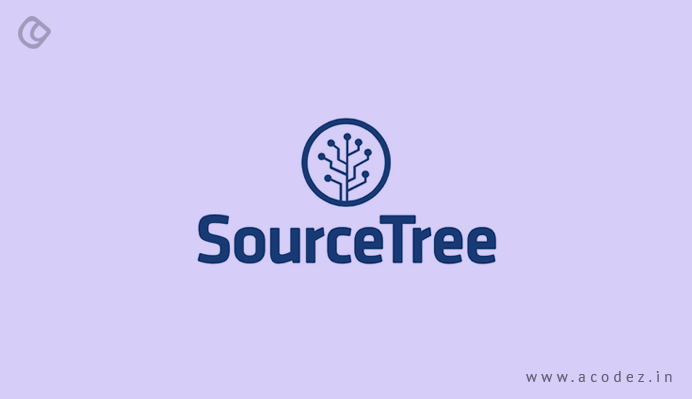
One of the interesting GUI Git clients is SourceTree. This is a free Git client, which was developed by Atlassian. This organization has powered Jira and Bitbucket. It gets great support from the repositories that are hosted by Bitbucket and GitHub.
When compared with the GitHub desktop, SourceTree is highly advanced and comes with a number of features and operations, available from the UI. This enterprise-grade tool can be used as part of a larger team. This client is available for Windows and Mac, though if you are a Linux user, you might have to wait because, in the future, we can expect it to be available for Linux as well.
Key Features:
- The teams can track large assets from a single place
- Git-flow out of the box
- Submodules.
- Local commit search
- Interactive rebase
- Remote repository manager.
Pros:
- A simplified version for beginners
- Graphic interface to manage branches
- Single click ability to switch working copies on a branch or executing Git commands
Cons:
- Does not refresh views automatically
- There is no folder-level or file-level commit history
You can download it here.
-
GitKraken
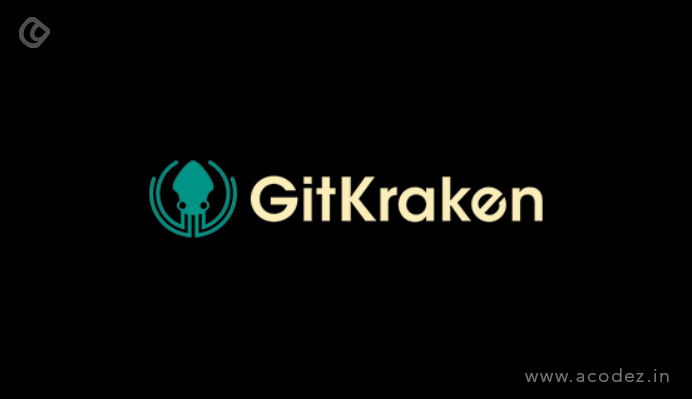
Just like Github desktop, GitKraken is another one best GUI Git client that comes with great UI, features, and themes. It looks exciting and comes with a lot of features when compared with any other GUI Git client that you might find today.
This supports VCS, such as GitHub, Bitbucket, Gitlab and GitHub Enterprise. This has a number of collaborative features. It is considered to be one of the most attractive among the Git clients. Some of its features include in-built code editor, which helps to kick-start a project, with drag and drop functionality. A commit graph functionality is available which offers an intuitive experience when using this tool.
GitKraken is free of cost and both it’s premium and enterprise variants are also available. The free version is best suited for start-ups and small teams. However, you can upgrade once your team or work starts growing. It is available for Linux, MacOS, and Windows.
Key Features:
- Visualize Commit History
- Enhance the Terminal Experience
- Organize your Repos
- Safely Resolve Merge Conflicts
- Create and Manage Pull Requests
- Measure How Fast the Prs get Merged
- Onboard teams
- Supercharge Rebases
- Deep Git Integrations
Pros:
- Integration with Jira and Visual Studio Code
- It has both a GUI and a terminal
- There is a Built-in merge tool in case of conflict resolution
Cons:
- It has a steep learning curve
- Can be a little slow on large repositories
Click here to download GitKraken.
-
SmartGit
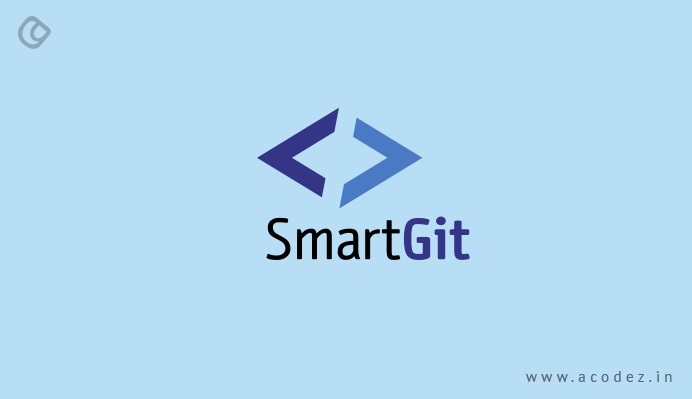
Another one of the best and interesting clients is SmartGit, which is available for free across non-commercial institutions. However, if you want to utilize it for a commercial purpose, then you would have to get a license for the same.
It is found that SmartGit is not too easy to use. It might need you to have a good substantial knowledge of git commands. In fact, it might be a little overwhelming when you find a large number of buttons and options, which come with its UI. It easily provides support for Git and SVN. It also offers all the wide range of collaboration features that are available.
Just like GitKraken, SmartGit is also easily available for Windows, Linux, and MacOS. You need to have an excellent knowledge of Git commands to work with SmartGit.
Key Features:
- It has the same intuitive user interface on Linux,windows, and macOS
- SmartGit license can be used in many machines and operating systems
- Interacting with popular platforms
- Need not required to install or configure the additional tool as Smartgit includes everything that you need
- Adopt to your needs and workflows
Pros:
- The entire commit history displayed in the log viewers
- It supports GitFlow
- Has a great multi-repository support
Cons:
- It is not free
- Does not support remote coding or WSL
For more details or to download SmartGit, click here.
-
Git Cola
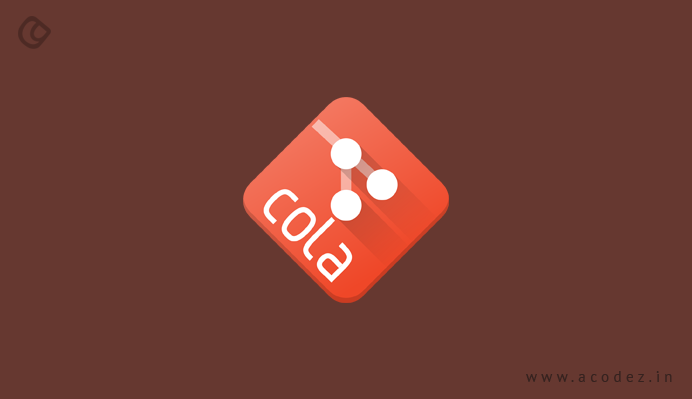
Git Cola is available free of cost. It is written in Python. However, it is very powerful. This graphical Git client is available for Ubuntu and Linux. Also, this is considered as one of the best and fast version control tools that are easily available for software developers. You might find that it is simple and easy. But it is very powerful as it comes with a wide range of features, such as merge, pull, push, clone and various other features.
Also, a cross-platform client, Git Cola easily provides support for MacOS, Linux and Windows. This open-source Git GUI client is easily customizable for Git clients. You can even try out a few tweaks with this GUI client. Try customizing the window settings, language settings along with other features, which will help enhance the work experience while also making it hassle-free to use.
Key Features:
- robust customization of the interface
- Compared to similar apps,git-cola consumes fewer device resources
- git-cola supports Git which is a free and open-source distributed version control system.
Pros:
- Can be installed through Homebrew
- Offers full Unicode support
- open-source and free
Cons
- It has a limited feature set
-
GitForce

This is another interesting cross-platform and front-end GUI client that can be used as a Git command line tool. It works excellently across Linux and Windows, and even Ubuntu. Also, it is simple and easy to use. It comes with a powerful and reliable version control tool, which is best suited for Ubuntu.
The main idea of GitForce is to offer easy to use graphical front-end, which is simple to understand, even if you are a beginner, to carry out some of the most common operations and even software development tasks. It is written in .NET 3.5 and C# framework.
Though it comes with limited features, you can depend on GitForce to carry out tasks rather than getting involved with the Git command line tool.
Key Features:
- Intuitive GUI with drag and drop
- Single executable file and does not require installation
- Runs on Windows and Linux (using Mono) and with Mono support on other OSes
- Create and manage multiple git repos
- Easy scan for local repos
- Supports multiple remote repos
- Multiple workspaces that are sets of repos
- Add custom tools to context menus so that you can customize them to your specific needs
- Easy manage SSH keys and remotes
- Manage local and remote branches
Pros:
- Easy to use and manage
- Single executable file and need no required installation
Cons:
- Does not run on every operating system
You can click here for more details on GitForce.
-
Giggle

This is free and easy to use. Giggle happened to be launched in the year 2007 and was part of a hackathon initiative. It would work exclusively on Linux as well as other popular distributions. This front-end tool made it easier for developers to browse and even to view the repositories within the graphical interface.
Giggle comes with a range of basic features which you can expect from Git GUI clients, including stag, commit, browse and others. The user interface of Giggle is simple and you can easily get accustomed to it in no time.
Key Features:
- Tree view.
- History viewer.
- History search.
- Committing.
- Remote features.
- Format patch.
- Diff +/- highlighting.
- Enables diff view to display diffs by files, chunks, and all.
- Internationalization support.
Pros:
- Excellent for beginners
- Free version available
Cons:
- Might not be suitable for experts
-
Magit

This is one of the most interesting graphical interfaces available for version control tool Git command line. There is no separate interface available with it. It can be easily implemented as GNU Emacs package. It might not provide a performance as great as compared with the other Git GUI clients that have been listed out here. However, it would allow software developers to perform interesting version control tasks within the Emacs window.
Though it is a plugin, it comes with some interesting features that are encapsulated with an application separately. Some of these features include rebasing, smooth workflow and visualization, and so on. This plugin is platform independent. It can be easily integrated with Emacs, which is installed on Windows, Linux, and macOS.
Key Features:
- Magit is faster as well as more intuitive than any other GUI
- For both Git beginners as well as experts
- Allows Git users to perform all of their daily version control tasks
- Using Magit makes you a more effective version control user
- Magit streamlines the use of Git features
Pros
- The mnemonics are simple to understand for common tasks
- It is available in Homebrew
- It has powerful rebasing capabilities
Cons
- Only works on the Emac editor
- It is for advanced users
You can download Magit here.
-
Egit

Another interesting graphical Git version control plugin available for Eclipse is Egit. It can be implemented on top of jGit, which is the Java implementation of Git. It is simple and useful. It is a reliable Git tool and offers all the essential basic features, which are required to accomplish all software development version control tasks.
Key Features:
- Excellent visualization makes it easy to keep a good overview
- Interactive rebasing support
- Easy-to-use git staging view
- Support for Gerrit and GitHub
- Support for GitFlow operations
Pros:
- Branching and merging is easy
- Flexible Workflow
Cons:
- Doesn’t have many features
For more information on Egit or to find out about its features, or to download it, click here.
-
Gitg

This is a GNOME front-end that is designed for a Git command line. It is a default graphical Git client on a GNOME desktop environment. It comes with a range of features, such as commit, open repository, clone repository, staging, and others. It is also capable of enabling GNOME shell integration. This integration opens or changes the method adopted by various app integrations along with the GNOME features for people using desktop devices.
Since GNOME comes with a simple design, it will not restrict Gitg from providing an exclusive package of features for the operating systems. It is one of the best Git GUI clients available.
Though the UI might be confusing initially, experts say that it will become easier and more understandable over time.
Key Features:
- Fast loading of large repositories
- Show/browse repository history.
- Show highlighted revision
- Browse file tree of a revision and export using drag and drop.
- Search in the revision history on subject, hash, or author
- Switch between history view of branches with so much ease
- Commit view providing per hunk stage/unstaged
- Cherry-pick.
- Drag and drop rebase/merge.
- Drag and drop format-patch export.
- The repository file tree at any revision can be viewed and exported
- Tag support.
- Stash support.
- Basic remote management.
Pros:
- Super functional, fast, and light
- Very supportive community
Cons:
- Difficult for inexperienced users
11. Git Extensions:
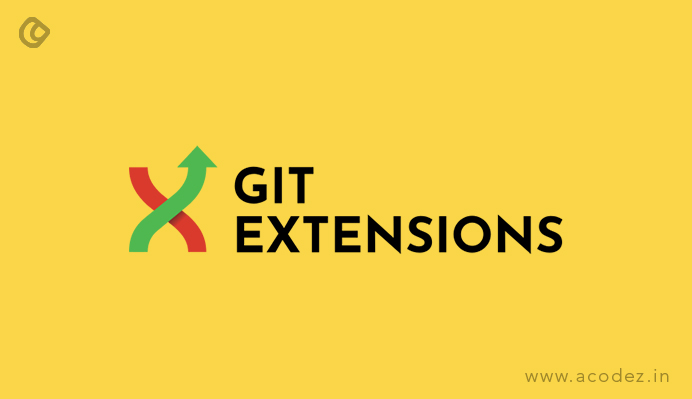
Git extensions enable a user to robustly manage source file collections and the changes made in them. The made changes are displayed in the History of Changes and users can make changes through a Central Repository called Remote Repository and commit changes in them.
Key Features:
- Basic Git productivity features
- Connect to any Git repo
- Visual commit graph
- In-app pull request management
- Merge conflict tool
Pros:
- It shows a graphical view of commit logs
- Highlights commits which are included in current revision
- Full integration with GitHub
Cons:
- Documentation does not keep up with new features
- Every command can not be performed from this GUI client
12. GitUp

GitUp creates a live visualization map in regard to code changes. It allows seeing with perfect clarity of the entire labyrinth of branches and merges. Compared to other clients GitUp is a unique interface and includes a snapshot feature that helps in building a time machine.
Key Features:
- Visualize your repo
- Live map
- Quick view
- Complete transparent control over your local checkout
- Allows undoing the latest changes
Pros:
- Excellent speed
- It has a clutter-free UI
- It deals with the repo database directly
Cons
- The unique user interface might make it challenging to use
13. Fork

Fork offers an easy way to recognize the repositories into categories and it also offers to resolve your merge conflicts with so much ease using merge-conflict helper and built-in merge conflict resolver. It allows the viewers to get a clear view to spot changes in source code and it also shows the output of the git command in the activity manager.
Key features:
- Easily resolve merge conflicts using merge conflict helper and built-in merge conflict resolver
- Using visual interactive rebase you can edit, squash, and re-order your commits
- Allows to see diffs in regard to common image formats
- Through history, you can look for all the changes
Pros:
- Excellent commit history tree
- Has GitHub notifications
- Has a built-in developer feedback
Cons
- Needs authentication to git projects
- It does not have many features
14. Ungit
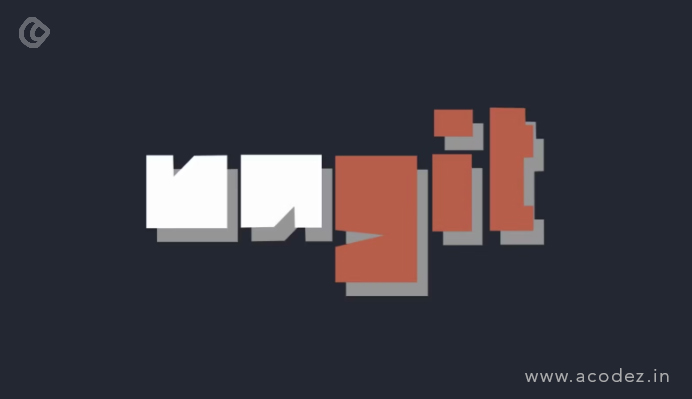
It is a web-based Git client that you can run in the cloud or machine and further use the client from a browser. The UI of Ungit comes in a clean and intuitive design. Ungit brings user-friendliness without compromising Git’s versatility.
Key Features:
- Clean and intuitive UI
- Runs on any platform that is supported by node.js & git
- Allows to run it on cloud/pure shell machine and use the UI from the browser
- Works well with GitHub
- Gerrit integration through the plugin
- Presents user friendliness to git by not sacrificing the versatility of git
Pros:
- Integrates with some modern text editors
- Open-source software
- Runs on any platform that is supported by Node.js and Git
Cons
- The setup may not be easy since it’s distributed as an NPM package
15. LazyGit
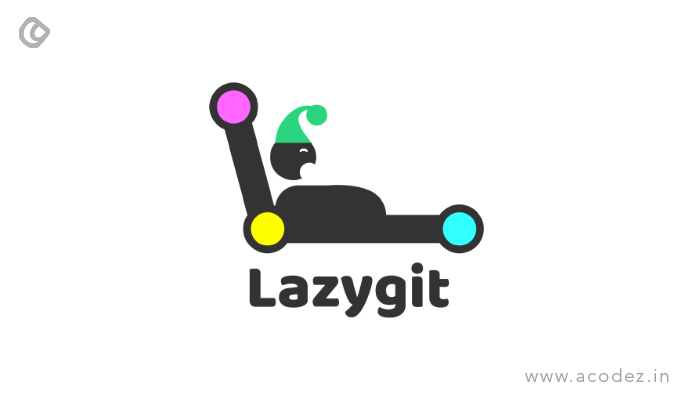
A UI which is simple and easy for Git commands that are written in Go with the Gocui library. It has many benefits such as- it allows to add files easily, check out recent branches, resolve merge conflicts, and many more.
Key Features:
- For Windows, Mac OS(10.12+) or Linux
- Packages for Arch Linux are available
- Packages for Fedora and CentOS 7 are available
- You can check out our list of keybindings
Pros:
- Quick pushing/pulling
- Good for easy renaming of commits
- Quick navigation of tools
Cons
- It has no support for git pre-commit
Winding Up:
As of 2023, we have a number of GIT GUI clients that operates for various operating systems such as Android, IoS, Linux, Mac, and Windows, In this blog, we discussed the top picked GIT GUI clients on the basis of the features and their effective working in operating systems. Each of them holds its own features and advantages, thus choose them based on your requirements.
All of the GIT GUI clients mentioned above offer a free version and don’t require making any payment.
Acodez is the leading web design and web development company in India. We offer a wide range of web design and development solutions at affordable prices. We are also an SEO agency in India offering high-quality inbound marketing solutions. For more information, please contact us today.
Looking for a good team
for your next project?
Contact us and we'll give you a preliminary free consultation
on the web & mobile strategy that'd suit your needs best.






















Have you even tried out fork.dev? I would like your opinion on it.
Nice post!!
Tried some of these tools (Github Desktop, SourceTree, GitKraken,SmartGit, GitCola)
They are suxx!!!
The most advanced git tool for Windows (besides good old command line) is TortoiseGit. It have full pack of features.
I’m very surprised that you dont even mention it